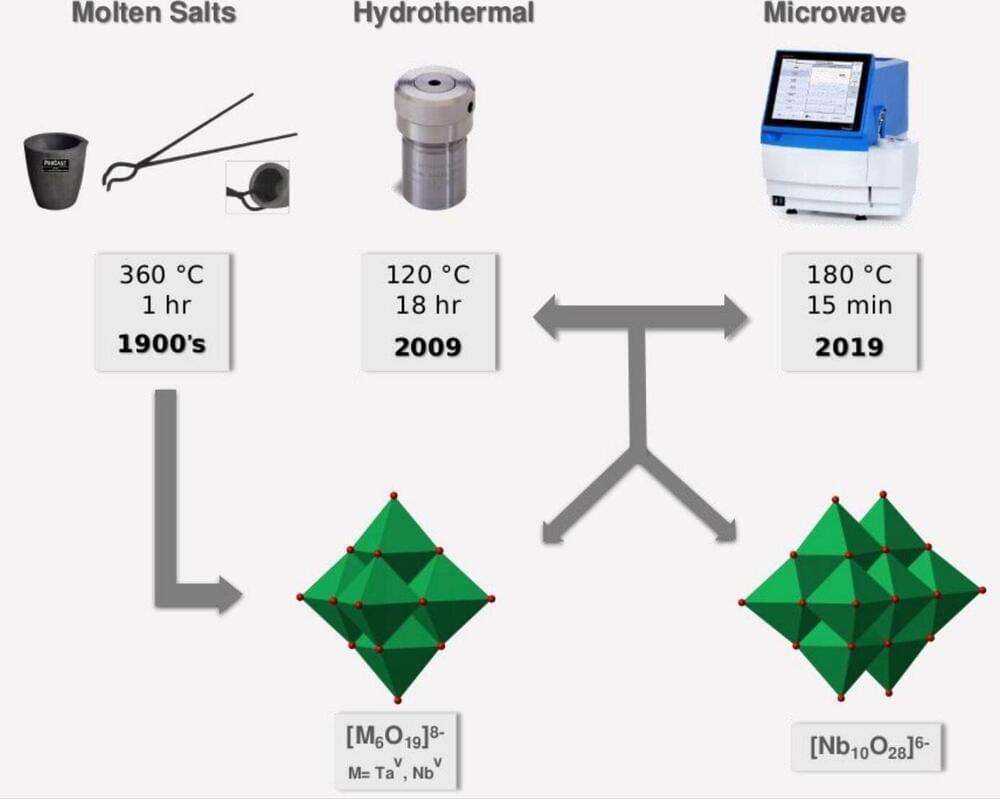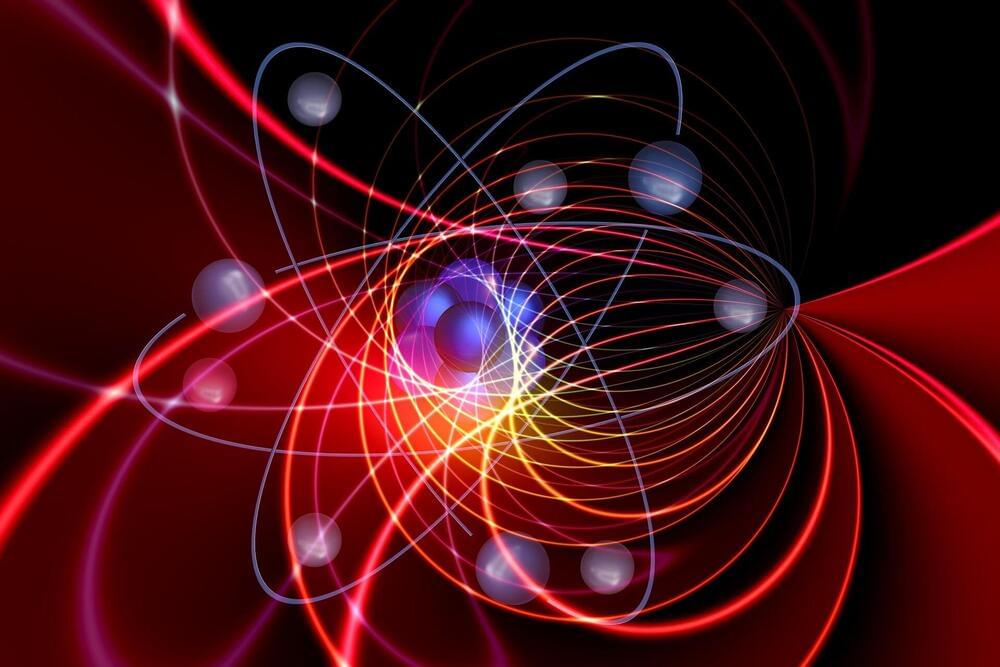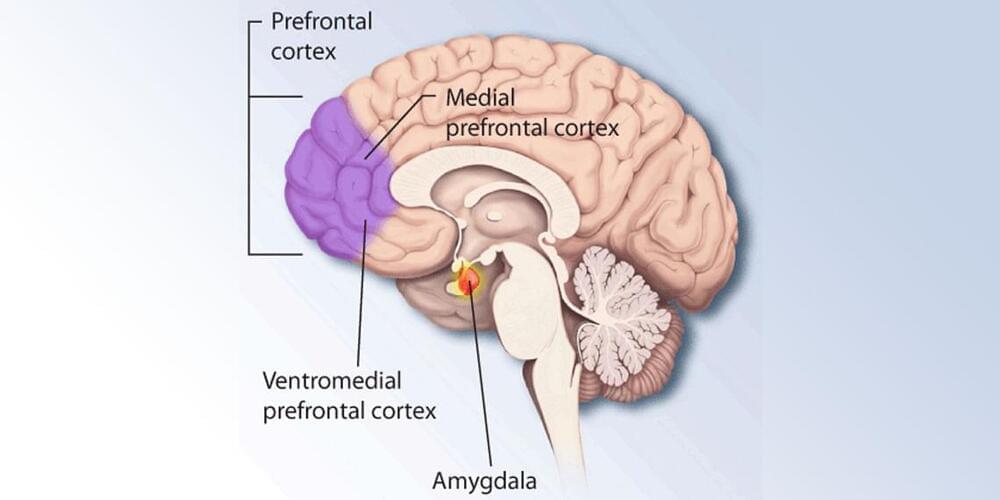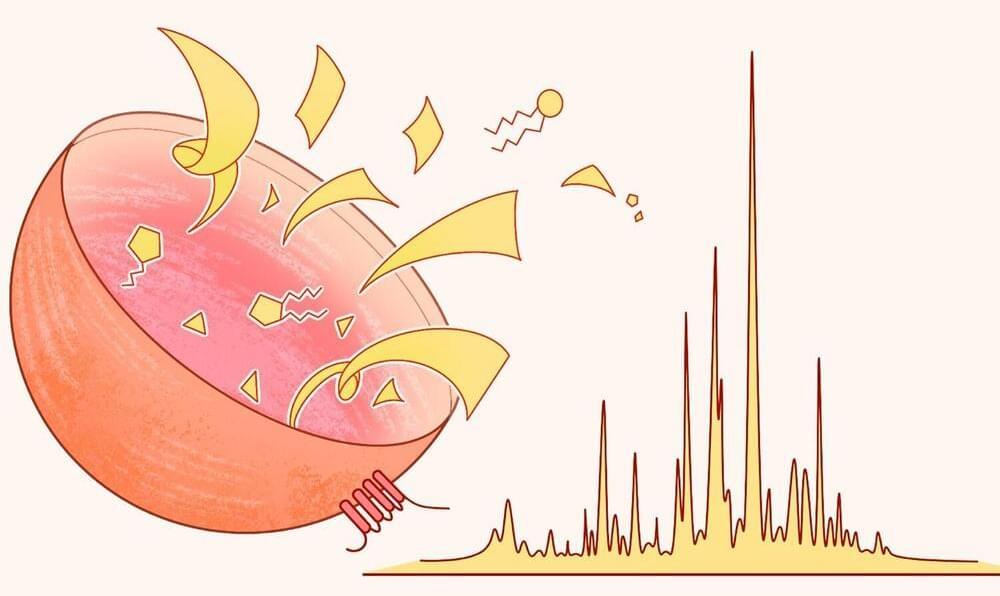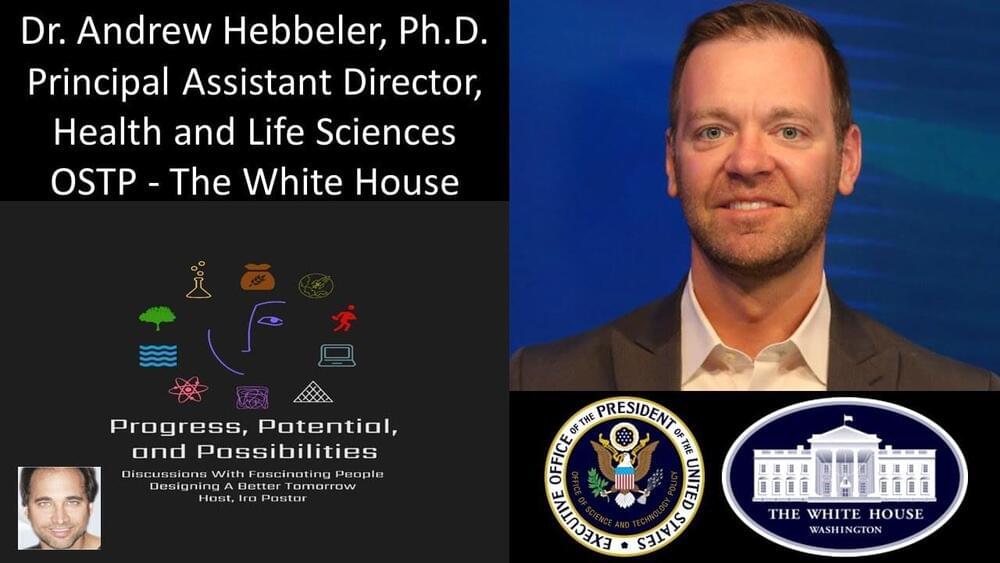Sep 24, 2022
Energy storage materials built from nano-sized molecular blocks
Posted by Dan Breeden in categories: chemistry, energy, nanotechnology
Molecules of the rare metallic element niobium can be used as molecular building blocks to design electrochemical energy storage materials. Mark Rambaran, Department of Chemistry at Umeå University, presents in his thesis a method for producing solid materials from aqueous solutions containing nano-sized niobium molecules, called polyoxoniobates.
“These polyoxoniobates are water-soluble and can be synthesized in large volumes. They act as molecular building blocks, in the same way as when a child stacks Lego bricks,” Mark Rambaran says. “They can be used to make a wide range of materials, including supercapacitors that facilitate lithium-ion storage.”
Synthesis of polyoxoniobates can be done with microwave irradiation, because it is a rapid and efficient alternative to conventional hydrothermal methods, Mark Rambaran shows in his thesis.
